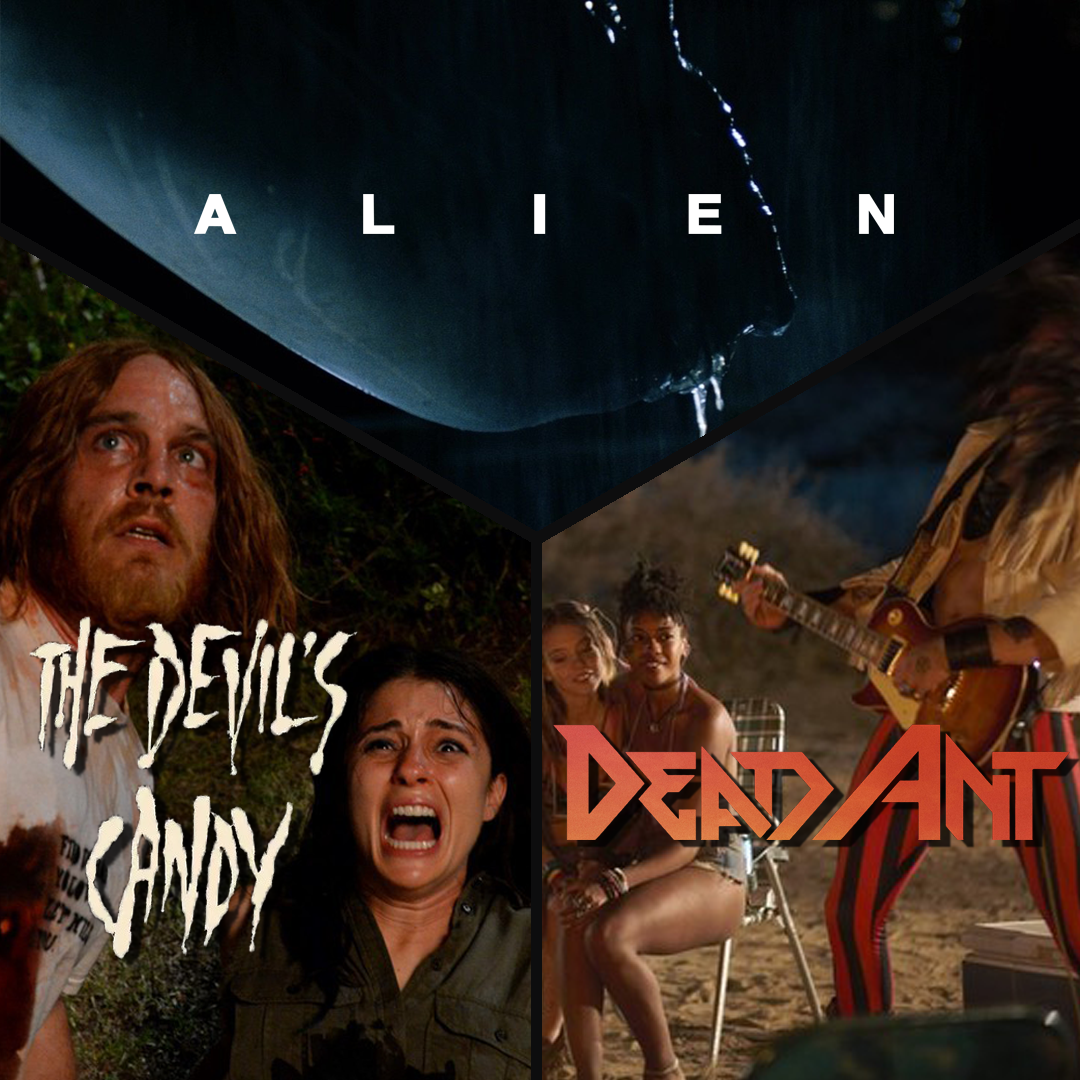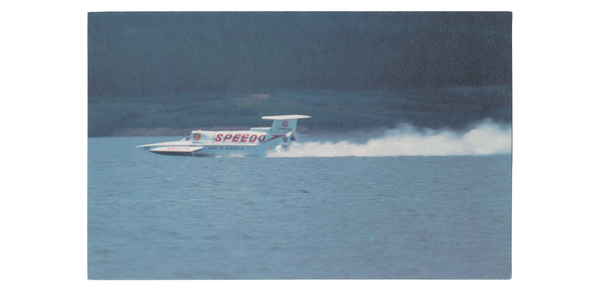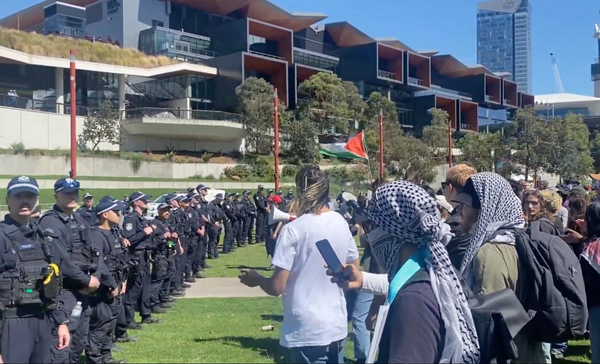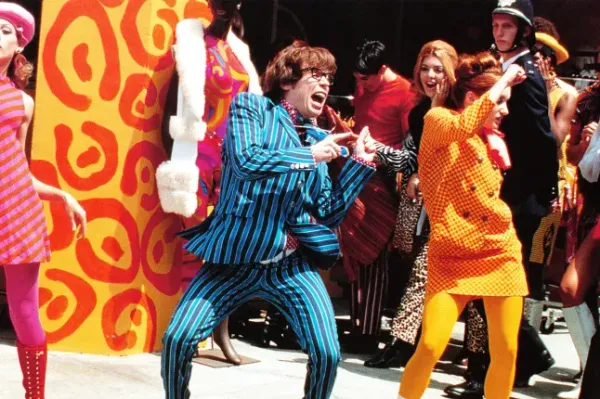Halloween Triple Feature - Film Review Friday

Alien (1979) dir. Ridley Scott - Review by Daniel Fagan
“You still don't understand what you're dealing with, do you? The perfect organism. Its structural perfection is matched only by its hostility.”
Alfred Hitchcock famously (or perhaps infamously) denoted the difference between surprise and suspense with his analogy of the bomb under the table. Surprise comes when it simply explodes, giving the audience a few seconds of shock, but suspense occurs when the audience knows the bomb is there, yet the characters don’t, providing the audience a prolonged sense of dread. Anxiety, adrenaline flowing, heart rushing, blood pulsing through their temples, and their teeth set on edge, it’s the buildup to the explosion that we love more than the explosion itself. For me this is best applied to horror/thriller movies. The Thing, Jaws, and a great portion of Hitchcock’s filmography all accomplish this masterfully, but few films capture the essence of this analogy as effectively as Ridley Scott’s 1979 horror masterpiece, Alien.
The film opens with a reference to 1977’s Star Wars, with a pan through space and across an unknown planet as the credits pulse onto screen. However, unlike Lucas’ swashbuckling space opera with its rousing score by John Williams, Alien’s opening is set to a haunting, ominous drone (the beginnings of an excellent work by Jerry Goldsmith), and as the title falls into place an inescapable sense of dread sets in that doesn’t let up until the final moments of the film. Beyond the planet, the Nostromo fades into view, a cargo vessel carrying 20 million tonnes of mineral ore back to Earth from the far reaches of space. The ship itself is an absolute marvel of 20th century sci-fi models, filled with intricate details, greebles and scorch marks that make the ship feel like it's been trawling space lightyears away from Earth. It’s a cold, utilitarian ship. It doesn’t feel like a home away from home, and has far more in common with an oil rig in the sea than the USS Enterprise or the Discovery One (2001: A Space Odyssey).
The crew of The Nostromo are in hibernation, sleeping the decades-long voyage home away, but are suddenly awoken when the ship encounters a distress signal on a nearby planetoid. This group of seven is what makes the movie work. These are not soldiers, futuristic knights, or galactic explorers that other science fiction works of the sixties and seventies focussed on, they’re workers. Regular people who happen to be on a ship hurtling through space. Each of the crewmembers are expertly crafted characters. They speak, dress, and make decisions in wholly personal manners. They feel like real people, with grievances, desires, and favourite foods. The cast bringing these people to life is one of the great ensembles in cinema. Sigourney Weaver, Tom Skerritt, Harry Dean Stanton, John Hurt, Ian Holm, Veronica Cartwright and Yaphet Kotto all bring a unique flair to each of their performances.
Screenwriter Dan O’Bannon, who shares a ‘story by’ credit with Russell Shusett, did great work giving all of the crewmembers a unique voice. The engineers, Parker and Brett (played by Kotto and Stanton respectively) have a far more informal dialect than the officers. They rib each other, grumble about their cut of the haul, and complain about the mysterious Weyland Yutani company running the expedition. The officers, Dallas, Kane, Ash and Ripley are far more formal in their dialogue, keeping complaints largely as half-murmured curses to themselves. The whole crew, for the most part, are smart. They operate with genuine curiosity and intelligence as they investigate and plan to kill the creature.
Under the encouragement of science officer, Ash, The Nostromo lands on the planetoid where the SOS signal originated. There they find a mysterious spacecraft with a giant long-dead pilot. The mystery of this craft and the ‘Space Jockey’ is one of the most fascinating things about Alien. The contrast of pulling the audience into this world with such ease with the characters with the strange otherworldly mystery that is never solved makes for worldbuilding totally unlike any other movie.
That, I suppose brings me to the look of Alien. It is absolutely stunning. Near two hours of perfectly grimy 35mm footage (shot by cinematographer Derek Vanlint) that gives a grim intensity that stands above any of its horror contemporaries, and the films of modern times. The atmosphere is oppressive in a way few films are able to full capture. Much of that atmosphere must also be attributed to the set design, the art department, the costume designers, and the effects crew who make Alien such a unique visual marvel. The chest-burster scene is iconic for a reason and the culminated efforts of these departments is one of the reasons it is so successful.
H.R. Giger’s Xenomorph is one of the all time greatest movie monsters. Its striking glossy black figure, punctuated by its elongated head, skeletal body and dagger-tipped tail culminate to make it as memorable as Frankenstein’s monster, the Wolf-Man, or the Creature (from the Black Lagoon). Its rows of metallic teeth, acidic blood and incomprehensible intelligence, makes the Xenomorph truly unforgettable. The terror of the creature is that it is capable of becoming any monster the story requires. It is a spectre haunting The Nostromo – loud or silent, fast or creeping, aggressive or relatively passive (lying in wait for one of the crewmembers to make a mistake and fall into a trap.)
If nothing else, Ridley Scott’s Alien has a perfect title. While other films may preach the wonder of the unknown reaches of space or the inhabitants therein, the solitary word, ‘Alien’ exudes an aura of dread. This is a perfect movie. An easily approached and endlessly rewatchable masterwork that is sure to give you nightmares, or at least keep you awake long into the soul’s midnight contemplating the terror in the vastness of the cosmos, but glad you’re on Earth, because in space no one can hear you scream.
Dead Ant (2017) - dir. Ron Carlson - Review by Emma Cranby
In honour of spooky season, here’s a truly chilling fact: before Thursday, I had never watched a horror movie.
I mean, yes, there have been horror-adjacent flicks I’ve seen. Slashers like Scream, sure; schlock horror freakouts like Plan 9 From Outer Space, yes; technically the few minutes of Pet Sematary that I was exposed to when my hands slipped off my eyes from where I was cowering away from the TV in the corner do constitute horror. I spent my entire childhood reading movie books, one of my favourites of which was a guide to B-movie thrillers, so it’s not that I don’t know the genre at all. But knowing something and enjoying it is very different, and if I were to be asked if I had any interest in watching horror films, the answer could only be a resounding NO.
So I’m sure you can imagine my perturbation when ‘horror movies’ were selected as the topic for this month’s Halloween special triple feature. Not only did the idea of watching a horror movie fill me with dread, but I didn’t have the faintest clue where to start.
Fortunately, past me did. Looking back through my extensive watchlist in the I-thought-futile hope of finding anything that might even slightly be classifiable as horror, a flash of lipstick caught my eye – and there it was. Dead Ant. Only the second movie about glam metal I’ve encountered, the film is frightening but never unbearable, and its proudly low-art character almost makes it charming.
The title, though, is something of a misnomer. The ants in this film are far from dead. Not only are they alive and kicking (well, head-butting, at least), but they’re giant, and they’re on the warpath.
When a washed-up 80s band take peyote on the way to a music festival, things quickly turn sinister. The bassist, thinking an ant is talking to him, torments the creature and eventually kills it, setting off a vicious chain of events that threaten everything. Before long, the ants – growing bigger each time one of them is killed – are twice the size of a tour bus, three people are dead, and the only weapon of defence left to our plucky (...excuse the pun) heroes is a battered guitar.
Starring Sydney Sweeney and Stranger Things bit players Jake Busey and Sean Astin (the latter also being memorable for playing Sam in Lord of the Rings) amongst a cast of assorted B-listers, the film is on almost all counts notably better than you might expect. Although I’m still far from sold on horror, Dead Ant is shocking but funny, and it embraces the absurdity of its premise with glee. The actors are enthusiastic and outstandingly costumed, if insufferable in their roles, and all demonstrate a fairly equal level of theatrical skill that keeps the film balanced. If I had to choose any stand-out, it’s Leisha Hailey as quick-thinking drummer Stevie – tough, sharp and more than able to hold her own – but none of the stars is anything less than competent.
And if the actors are good, the soundtrack is even better. Obviously, this much is clear before the film even begins; the movie poster directly parodies the cover of Poison’s fantastic debut album, Look What the Cat Dragged In. The actual film, meanwhile, makes use of songs from Slade and Kix, among others; the fictional Sonic Grave achieve the impossible by covering Kix’s immortal ‘Don’t Close Your Eyes’ without utterly ruining it. Then if that’s not enough, the film ends with the ever-uplifting image of ants exploding to a live rock n roll performance; once again, music saves the day, and glam metal proves there’s no other force like it.
Now, is it horror in the classical sense? No. But comedy-horror, it seems, might be the next best thing. At only 87 minutes long, Dead Ant is extraordinarily easy to watch, and it’s dumb and chaotic enough that even arachnophobes like myself will be able to sleep untroubled by visions of giant ants, even as intimidating and well-CGI’d as these ones are. Overall, Dead Ant holds up astonishingly well as a first horror film, and if you have a penchant for the weird, the wacky, or the campy B-movie iteration of “why-did-i-watch-this” – Dead Ant is most definitely the place to find it.
The Devil's Candy (2017) - dir. Sean Byrne - Review by Mason Horsley
Metal music can be an acquired taste, understandably. It can feel overwhelming hearing vocalists scream and growl, guitars drone and moan, drums explode, and basses grumble louder and louder. But like a delicious glass of wine, the more you experience it, the more you learn, the faster you fall in love with it. It took me quite a while, but I slowly learnt to savour every note and lyric. There was once a time when ‘System Of A Down’ made me anxious, but now I happily belt along. Metal is a form of expression like any other genre, and as shown in ‘The Devil’s Candy’, it can be more comforting and empathetic than you think.
‘The Devil’s Candy’ follows Raymond Smilie, a mentally ill murderer, and Jesse Hellman, an artist and metal enthusiast who moves his family into Smilie’s old family home. Raymond is haunted by a mysterious inner voice who he tries to drown out with his Gibson Flying V guitar. He desperately tries to keep the voices at bay, but once they're heard, Raymond is asked to commit unspeakable acts. Meanwhile, Jesse struggles to earn a living with his paintings, but is soon given a stroke of genius inspiration when those very same voices haunting Raymond find him. The two men collide when Raymond wants to come home and Jesse takes time away from his family to find a patron. When Jesse isn't around to keep his wife and daughter safe, Raymond is enslaved once again by the voices to target the defenseless women.
Raymond Smilie is played by Pruitt Taylor Vince (Pa Kent in James Gunn’s ‘Superman’) and does a phenomenal job portraying a regretful killer. In one scene, he shyly turns away from a police officer reprimanding him for a noise disturbance and in that moment I couldn't help but feel sorry for him. Vince shows a childlike innocence in Raymond, which makes the film even harder to watch. You find yourself sympathizing with him and wishing he could be finally rid of the voices, but the Devil is never that kind. You have to watch as he does things he doesn't want to do, like sneaking in bed with people, kidnapping, tying up and taping mouths shut. Pruitt Taylor Vince’s performance is a key reason why this film can be so hard to watch at times.
Jesse Hellman is played by Ethan Embry, who is dressed and styled eerily similar to Rob Zombie. Embry portrays his character, like Vince, very sympathetically. Embry makes Jesse a loving father and husband who simply gets lost along the way. The voices make him obsess over painting a demonic mural so much to the point where he begins breaking his promises. Though, during scenes of demonic influence, Embry shows a much darker, hungrier side to Hellman, if only for a minute or two. It's an interesting duality that makes the film incredibly engaging.
My personal belief on the film is that it's about how we use metal music in our lives. When I first started listening to System Of A Down, I was going through an increasingly stressful period in my life, and while their music was therapeutic, the argument could be made that it was also feeding the fire. The mistake we often make is that music is the treatment, not the cure (pun unintended). Raymond treats music as the cure but his actions become more and more depraved as the voices keep coming back. He's hopelessly dependent with no shield, no help to fall back on, he refuses to go back to the mental hospital and because of that, loses his soul.
Jesse on the other hand, seems to use the music and the voices as inspiration, or maybe fuel. He places all of himself onto the canvas, all insecurities, worries and pressures into his art, but in the process forges a dark and disturbing creative persona. He almost completely forgets being able to paint anything else other than dying children in Hell, robbing himself of any other way to express himself. A creative persona like that could demand constant negativity, constant pain and constant rage, ingredients that place Jesse at risk of his own mental illnesses like depression and at risk of stress-related diseases.
The solution is to learn when to turn the music off. Admittedly, I don't always know when to do that. Sometimes when I'm feeling depressed, I'll find myself playing the theme from ‘MASH’ on repeat (and not just because I'm imagining myself as Hawkeye). When I'm feeling heartbroken, I'll watch scenes from ‘Prisoners’, ‘Brothers’ and ‘Blue Valentine’, and when I'm feeling vengeful I'll scream through the ‘Toxicity’ album. When I do these things, it may feel as if I'm healing, but a lot of it is actually feeding the demon and digging the hole even deeper. That's the lesson I take from this film.
Like a good glass of wine, metal needs to be used in moderation, however, there are certain bands and songs you can go all in on. There are plenty of positive, nurturing and enriching metal pieces, like the song ‘Raw Deal’ by Judas Priest which is considered the coming-out song of Rob Halford, Priest’s frontman. Consider my favourite metal band, Ghost and their EP, ‘Seven Inches of Satanic Panic’, which features 2 heavy love songs (‘Kiss The Go-Goat and ‘Mary On A Cross’) along with ‘The Future Is A Foreign Land’. The latter song contains a bridge which almost acts as a sermon:
“With these words at hand
The future is a foreign land
So let us pray for more in 2024
We could grow old together
We could love one another
And there will from then be peace forever more"
Even the Prince of Darkness, Ozzy Osbourne, preached love and compassion with his song ‘Dreamer’. In it, he sings:
“Your higher power may be God or Jesus Christ, it doesn't really matter much to me, without each other's help there ain't no hope for us"
So if you're interested, don't be put off by the rough and rowdy style, explore a few bands and grow your musical taste a little. You're guaranteed to find one metal band that speaks to you.




